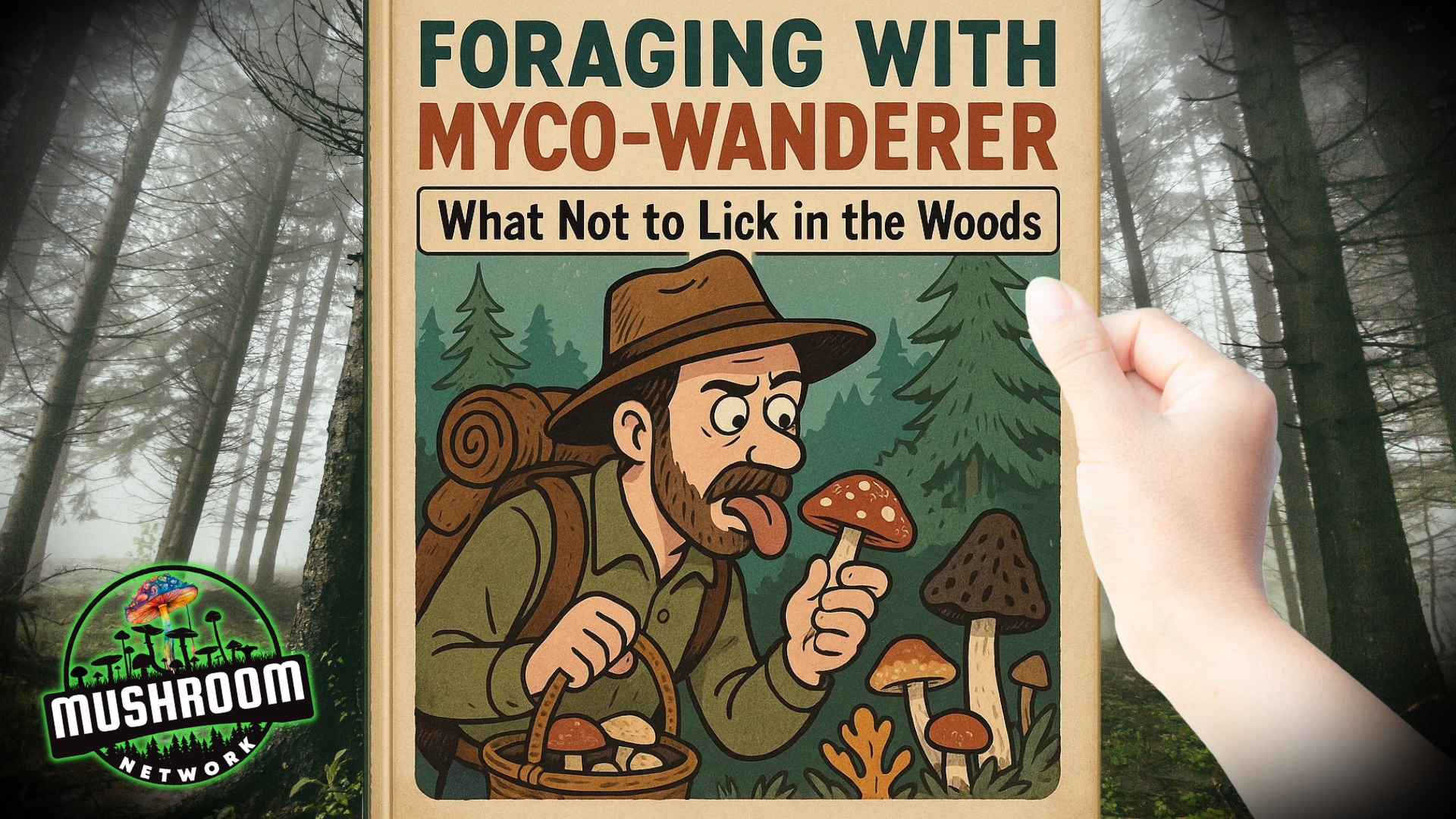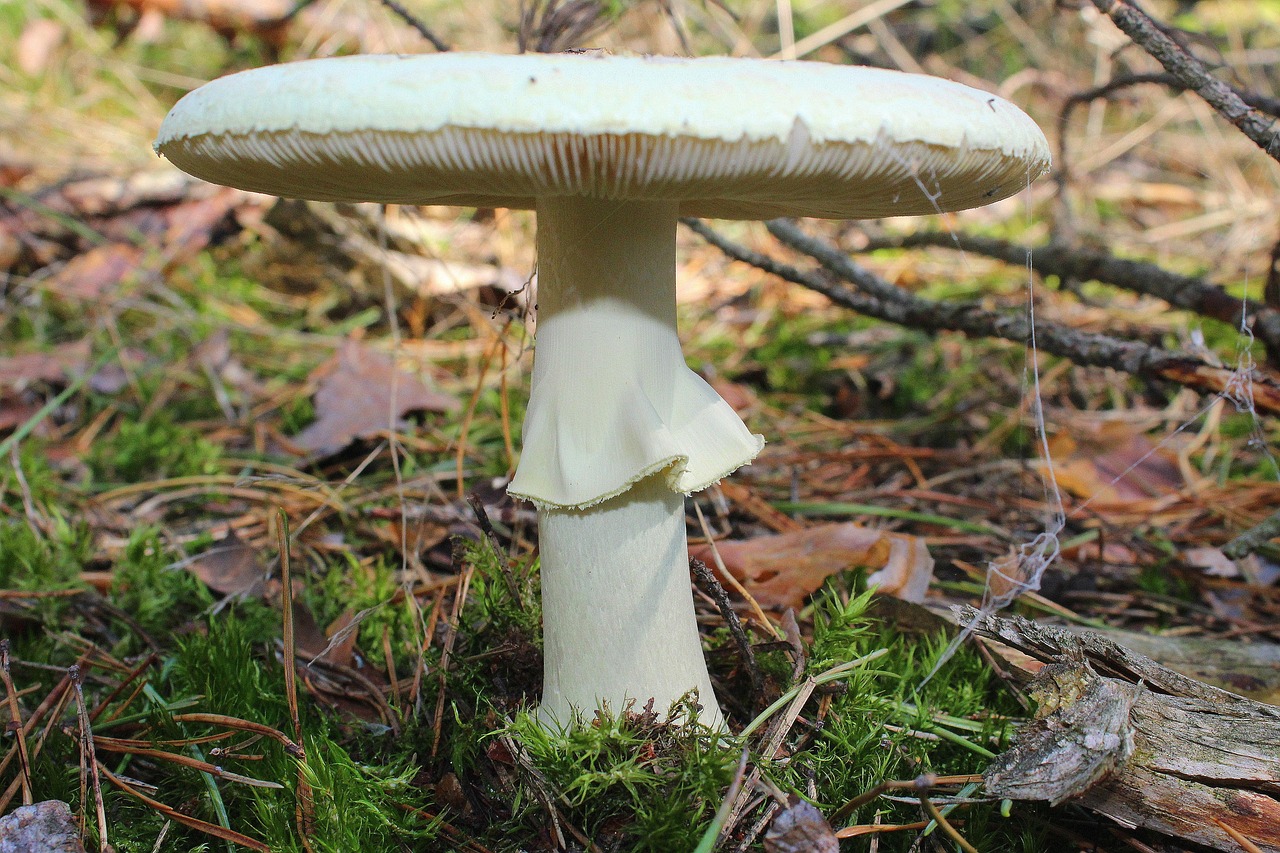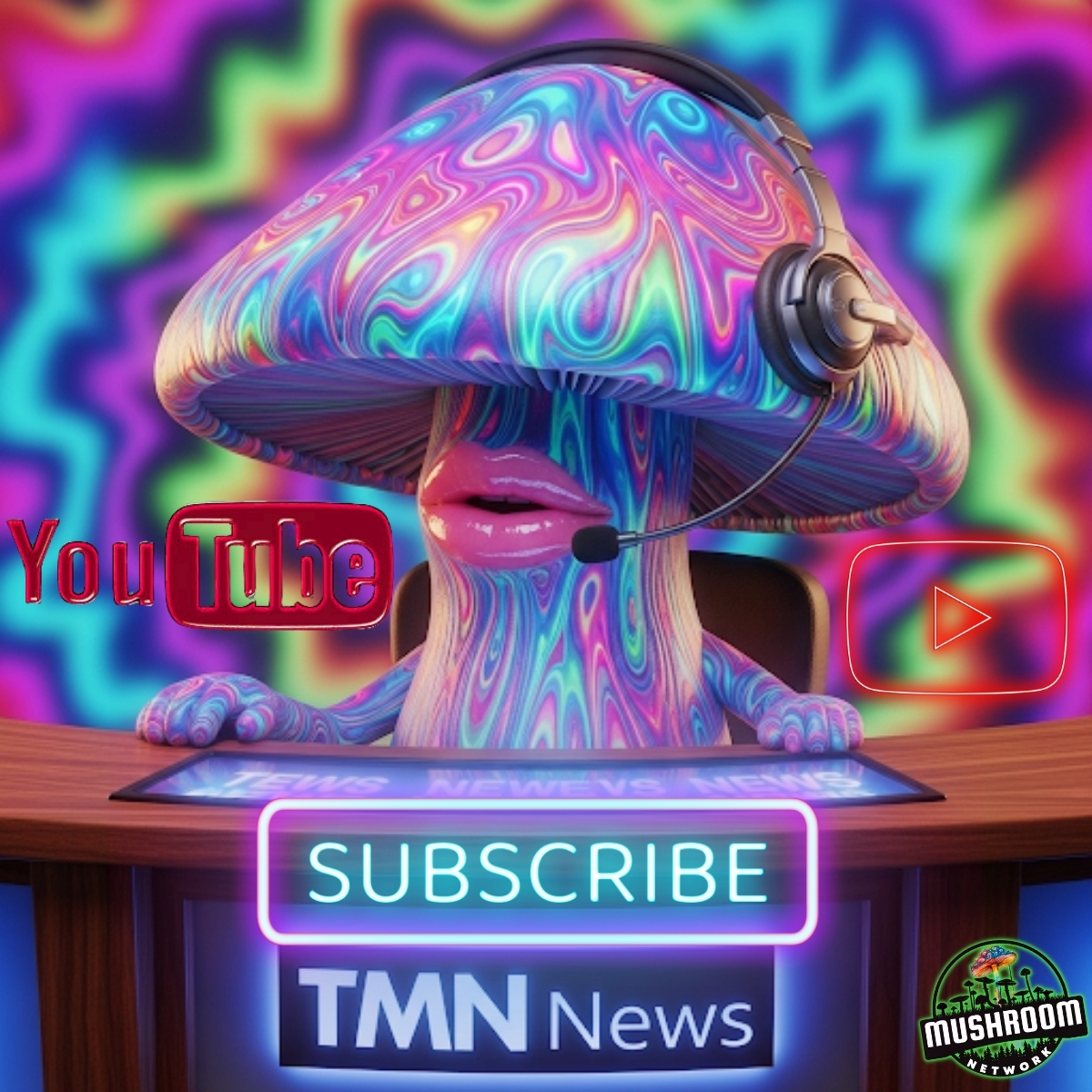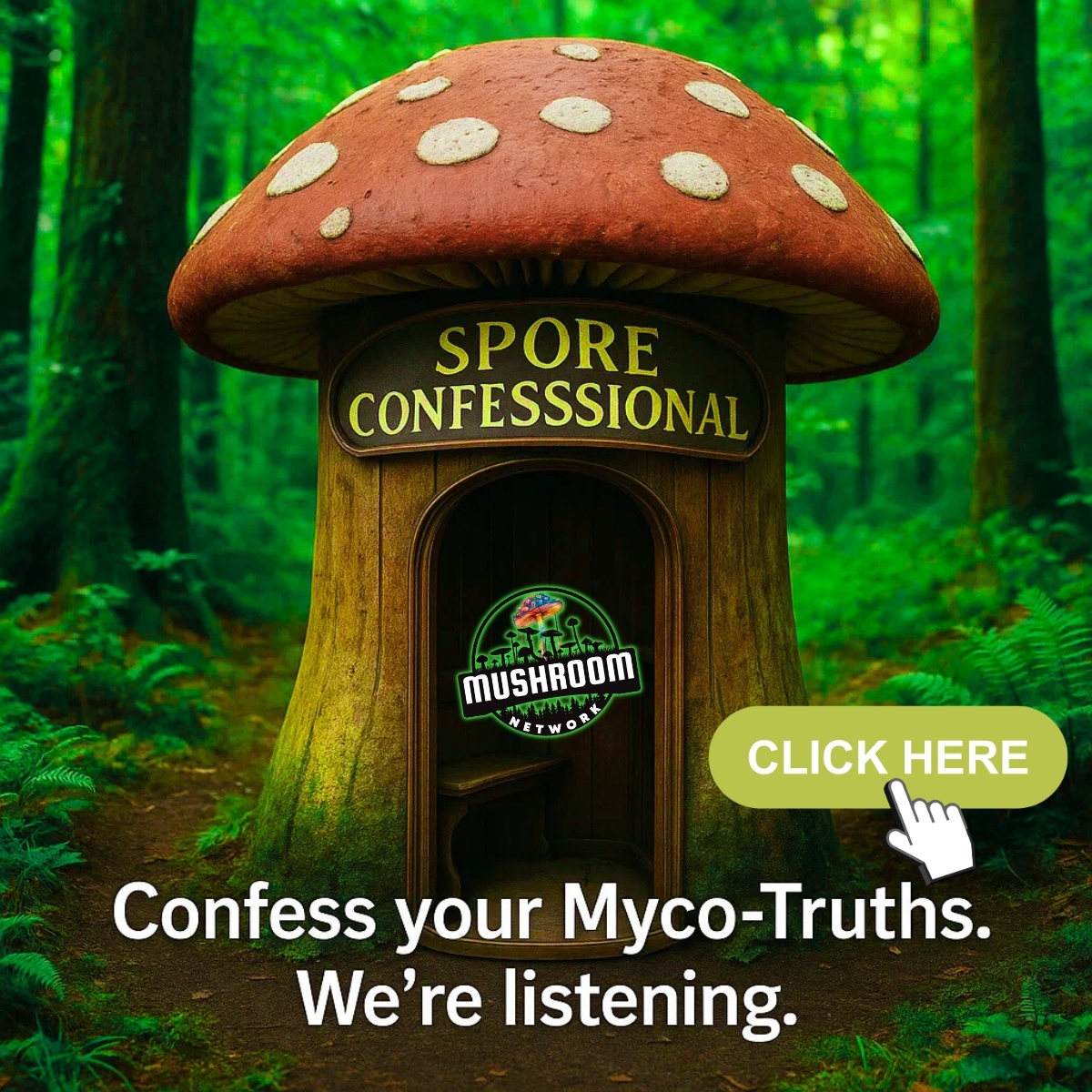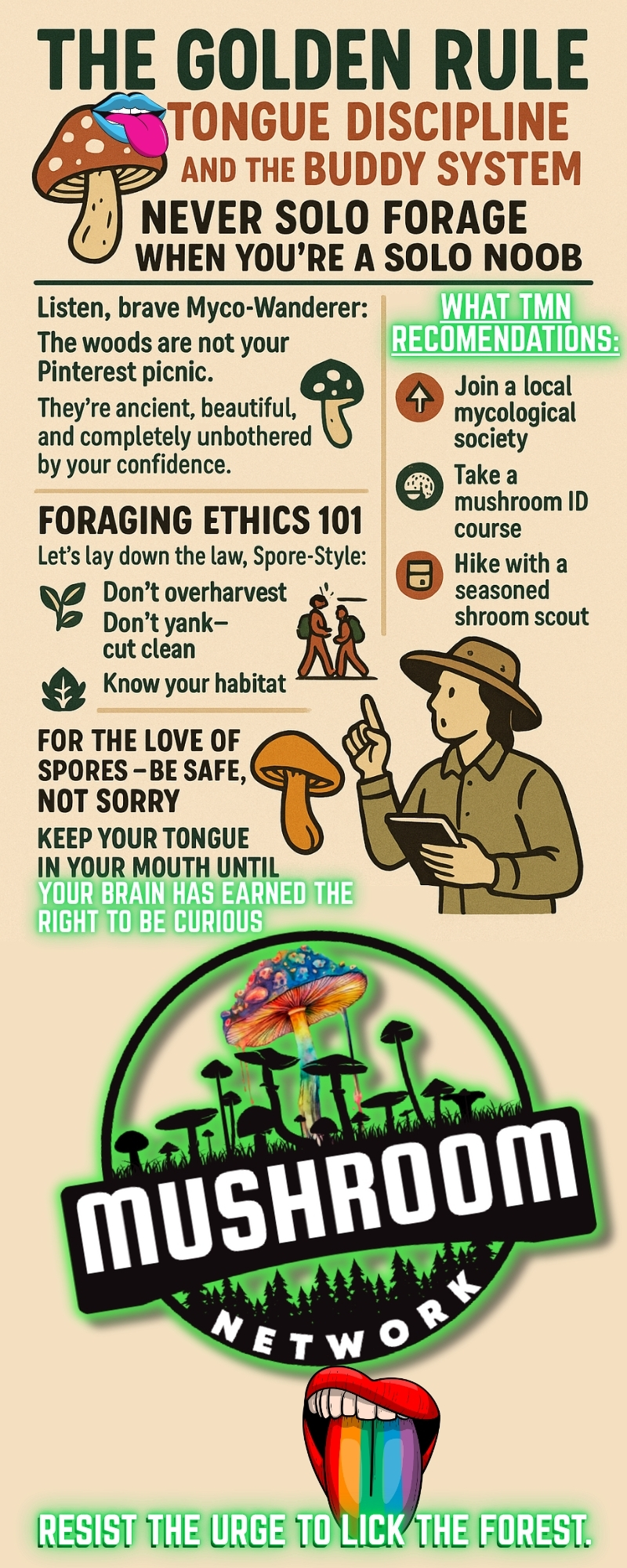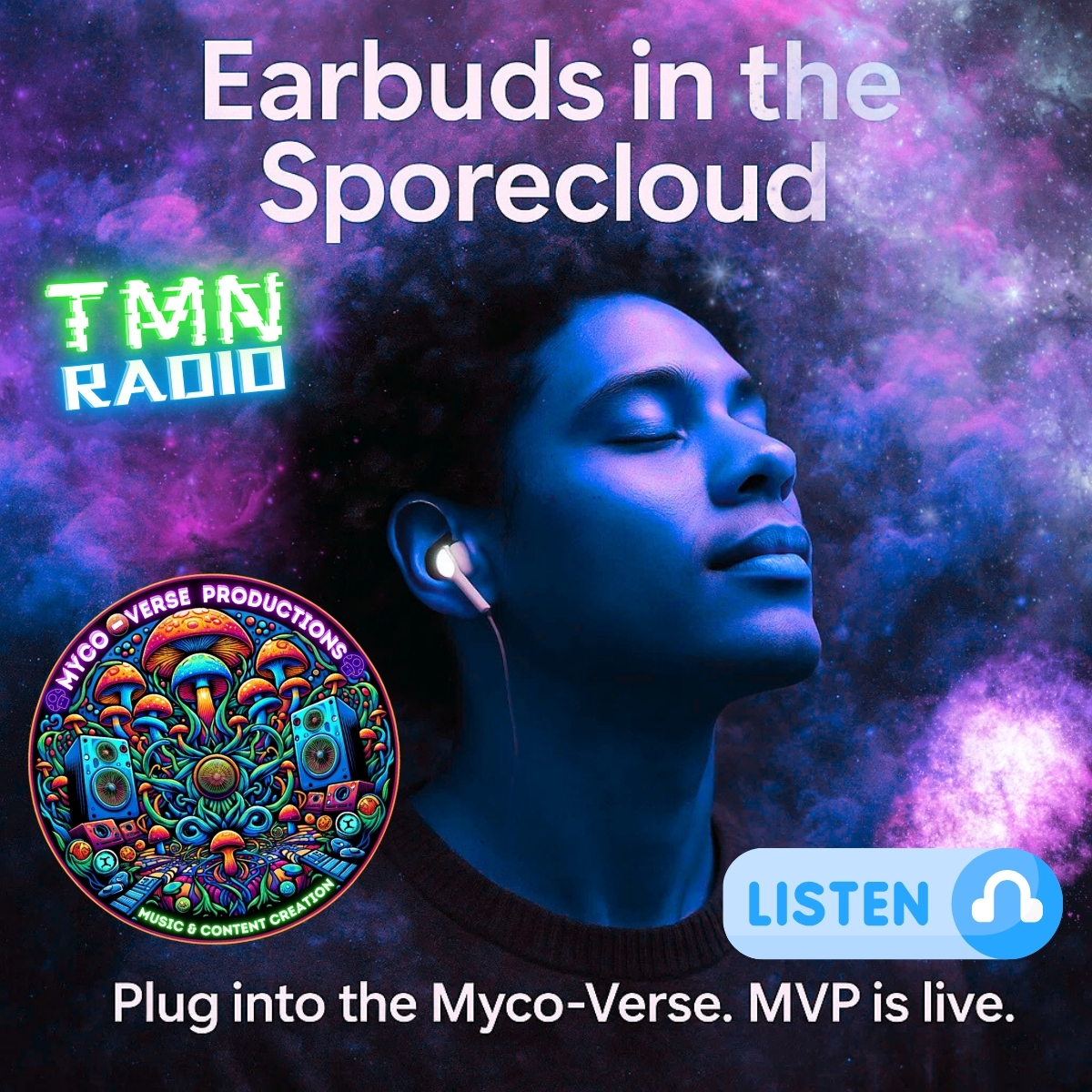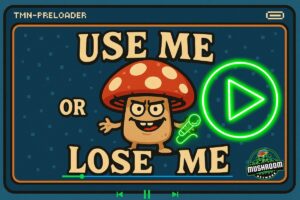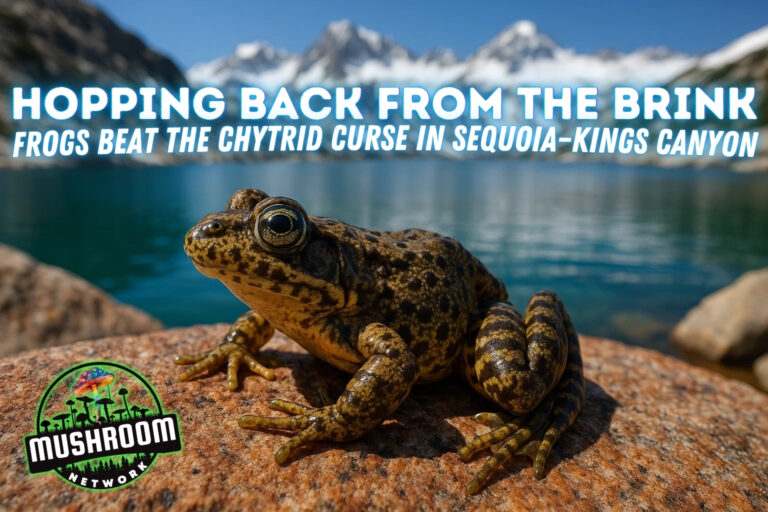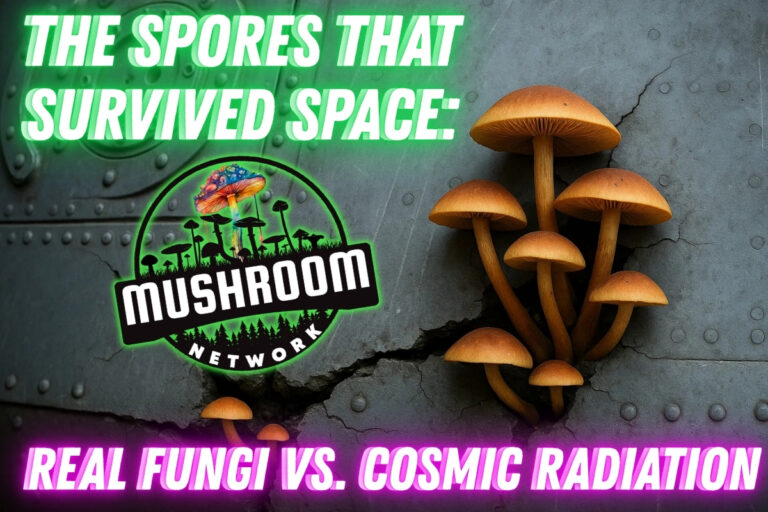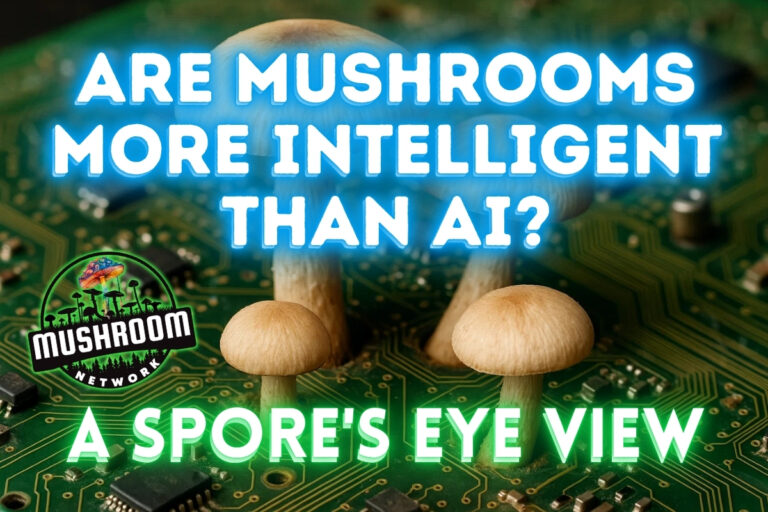Foraging with the Myco-Wanderer: What Not to Lick in the Woods
The spores won’t judge you—but your liver might.
You’re wandering the woods. A cute little mushroom smiles at you like a snack. Should you lick it? NO. This Myco-Wanderer survival article is your ultimate guide to identifying (and not ingesting) dangerous fungi. From death caps to devil’s urns, learn how to explore, forage, and survive your next mushroom walk—without becoming a cautionary tale told by squirrels.
Curiosity Killed the Camper
There comes a time in every forager’s life when the forest starts to look… delicious. A mushroom leans invitingly from a rotting log. A puffball practically begs to be squished. You feel the primal urge to taste the wild.
And that, Myco-Wanderer, is how people end up hugging trees while violently revisiting their lunch.
Here’s the deal: the fungal kingdom is magical, but it’s also chaotic neutral. Some mushrooms are gourmet delicacies. Some are slow-acting liver assassins wearing cute little mushroom berets. And unless you’re trained or traveling with someone who is, you could be one tongue flick away from a really bad time.
This article won’t just save your life—it might save your dignity. You’ll learn how to identify the red flags, decode toxic lookalikes, and most importantly: what not to lick in the woods. Let’s forage smart. The mushrooms will respect you for it.
Murder by Mushroom: Meet the Deadly Impostors
Looks Can Kill
Mushrooms are masters of disguise.
They cosplay.
They clone the edible cuties.
They show up at the foraging party looking like they brought snacks—when really, they’re packing enzymatic doom and a one-way ticket to the emergency room.
Take the Death Cap (Amanita phalloides).
Elegant. Innocent. A soft little forest nugget that looks like it belongs next to pasta.
But one bite?
That’s a slow-motion liver meltdown that no detox tea can touch.
Then there’s the Destroying Angel.
Beautiful. White-robed. Divine name.
Until it starts shutting down your organs like a bitter ex deleting your files.
These aren’t rare oddities—they’re common and deadly, and they often show up looking like:
Button mushrooms
Puffballs
Morels
Shiitakes
Woodland Pokémon (until it’s too late)
The scary part?
They don’t taste bad.
There’s no “evil flavor.”
Your tongue won’t scream.
But your liver might.
Top Toxic Troublemakers
Let’s meet some of the murder caps:
🧪 Amanita phalloides – The Death Cap
Responsible for over 90% of mushroom-related deaths worldwide.
Contains amatoxins that destroy your liver from the inside out. Symptoms can take 6–12 hours to appear, giving you just enough time to think you’re fine. You’re not.
🧪 Galerina marginata – The Funeral Brownie
Tiny. Brown. Boring.
Also laced with amatoxins. Found on rotting wood, where it likes to hang out like a sociopathic wood elf. Very easy to mistake for edible honey mushrooms.
🧪 Cortinarius spp. – The Silent Kidney Assassin
These guys take days to show symptoms. By then, your kidneys have already RSVP’d to the afterlife. One species, Cortinarius orellanus, looks like a magical fairy toadstool. It is not.
🧪 False Morels (Gyromitra spp.) – Brainy, Deadly, Delicious-Looking
They look like fancy gourmet brain food. But they’re full of gyromitrin, a compound that breaks down into rocket fuel (monomethylhydrazine) in your body. As in… the stuff that powers actual missiles.
These fungi aren’t just dangerous—they’re insidiously survivable-looking.
The Lick Test Is a Myth (Stop It!)
Let’s clear the forest fog on this one:
🚫 “If animals eat it, it’s safe!” – WRONG.
🚫 “Just lick it and see how you feel!” – ABSURD.
🚫 “The cap peels, so it’s edible!” – MYCO-SUICIDAL.
Here’s the truth:
You can’t taste-test your way through taxonomy.
Identification is a science. A skill. A slow, deliberate art that involves:
Spore prints
Cap shape
Gill color
Habitat context
And not trusting your vibes
Unless you are a trained mycologist, you’re one bite away from becoming a cautionary Reddit thread.
So if you find a mushroom in the wild and you’re not 110% certain of its species, subspecies, toxic doppelganger, and alchemical mood that day…
📸 Take a photo. Not a taste.
📸 Post it to an ID group. Not your digestive system.
Because your mouth is not a microscope.
And the forest does not accept ignorance as an excuse.
🧭 The Art of Not Dying: Field ID Basics for Spore-Seeking Survival
Get Nerdy with Field Clues
Before you go poking around the forest like a mushroom detective on zero training, let’s get one thing straight:
Field ID is a Science—Not a Vibe.
Mushrooms don’t come with warning labels or traffic signs. Some of the deadliest ones look like nature’s version of store-brand groceries. That’s why you need to treat every wild specimen like a potential scammer on a dating app: just because it looks friendly doesn’t mean it won’t ruin your weekend (or your liver).
So here are the field clues you should memorize like your fungal survival depends on it—because, well… it does:
🍄 Cap Shape – Convex? Flat? Warty? Umbonate with a central bump like a fungal nipple? Learn the differences. They matter.
🍄 Gill Attachment – Free, attached, decurrent? It’s like analyzing the root chakra of the mushroom—essential for ID.
🍄 Spore Color – Not the cap, not the stem. The spores. They’ll tell you what’s really going on.
🍄 Bruising Reaction – Does it turn blue when touched? Red when cut? This is a chemical fingerprint, not just a forest fashion statement.
🍄 Habitat – Soil, wood, dung, mossy tree spirits? Mushrooms are picky about where they grow—location is a MAJOR clue.
🍄 Seasonality – Some only show up in fall. Others pop during spring storms. If you’re seeing a “spring-only” mushroom in mid-winter, either the climate is broken or you are.
If you treat these like a résumé, then your job is to hire wisely. Because if it looks sketchy…
Don’t invite it into your digestive system for an overnight stay.
The Top ID Tips You Must Know
Let’s get hyper-practical. These are the non-negotiables. Ignore them at your peril:
🧫 Spore Prints – Place the cap gills-down on white AND black paper (or foil) and wait. The spore print is like the mushroom’s signature. If it ghosted you—don’t trust it.
🎨 Color Changes – Bruising blue doesn’t always mean it’s psychedelic. Some deadly ones also go blue. Red bruising can be good or bad. It’s a clue, not a conclusion.
👃 Smell Test – Almond? Anise? Dead squirrel in a gym sock? Your nose can give you red flags. But don’t rely on this alone—some killers smell delightful (the betrayal!).
🌲 Habitat Knowledge – Mushrooms have preferences. Know which ones grow near birch, oak, pine, rotting logs, or fairy circles. And yes, if it’s growing out of your imagination… you might already be too late.
Common Mistakes (a.k.a. Famous Last Words)
Let’s roast a few recurring myco-mistakes that lead brave but clueless foragers to ruin:
🧠 “It looks just like the picture in my app!”
→ So does every mushroom. Half of them are impostors. The other half are your future regrets.
🧠 “It grew near edible ones!”
→ Doesn’t mean it went to the same mushroom school. Some killers grow right beside edibles like they’re trying to frame them.
🧠 “It tasted fine!”
→ So does antifreeze. Taste is not a safety indicator—unless you’re trying to die politely.
The truth?
Overconfidence kills. Humility identifies.
You’re not a mycology master after watching two TikToks and downloading an ID app. You’re a student of the forest—and the test is open book because the wrong answer could send you to the ICU.
So get nerdy. Get obsessive.
Learn your Latin. Make spore prints.
Photograph, cross-reference, and never eat something unless you’d bet your pancreas on it.
The Golden Rule: Tongue Discipline and the Buddy System
🍄 Tongue Discipline. The Buddy System. And Above All—Respect the Mycelial Mystery.
Never Solo Forage When You’re a Solo Noob
Listen, brave Myco-Wanderer:
The woods are not your Pinterest picnic.
They’re ancient, beautiful, and completely unbothered by your confidence.
Even pro-level mycologists have been duped by evil twins in the fungal kingdom.
So if you’re out there with a $10 field guide, a granola bar, and a vague sense of adventure—congrats, you’re one misidentified mushroom away from starring in a “What Not to Forage” documentary.
Here’s the truth:
Solo foraging while underinformed isn’t bold—it’s bio-hubris.
Instead:
🧭 Join a local mycological society.
They have nerds. The good kind.
🧠 Take a mushroom ID course.
Bonus: You’ll get to use words like “stipe” and “annulus” in normal conversation.
🚶♂️ Hike with a seasoned shroom scout.
Not your cousin Steve who says “he’s intuitive.” A real ID wizard.
Think of it as co-op survival mode. Two sets of eyes. One set of livers you both want to keep functioning. And if you both mess up? Well, at least you can hold hands in the ER.
Foraging Ethics 101
Let’s lay down the law, Spore-Style:
🌿 Don’t overharvest
Leave some mushrooms behind—always. Not just for wildlife, but for spores to spread and grow again. This is mushroom karma.
🔪 Don’t yank—cut clean.
Pulling up the entire mushroom damages the underground mycelium. That’s like tearing out a tooth when you just needed a kiss.
🧵 Know your habitat.
Some mushrooms are endangered. Some are protected. Some are just rude to pick during mating season. Learn your region’s mushroom etiquette.
🌐 Don’t trust random internet humans.
“Mushroom ID” groups are chaotic evil. Some are helpful. Some are wildly dangerous. That comment telling you “it looks edible to me”? Yeah… don’t stake your kidneys on it.
For the Love of Spores—Be Safe, Not Sorry
Want to look cool on Instagram?
Don’t post a selfie with an unknown mushroom in your mouth.
Post your spore prints. Your ID charts. Your nerdy field log.
Be the kind of forager who:
Names every species like a wizard cataloging grimoires
Packs a pocketknife, a hand lens, and a little book of fungal Latin
Gets excited about habitat clues and deciduous leaf litter indicators
Because mushrooms aren’t snacks.
They’re sacred riddles.
They’re messengers from the soil.
They’re cosmic comedians, pretending to be food.
And if you don’t respect the test?
You become the punchline.
So walk slow. Study hard. Learn their language.
And whatever you do…
Keep your tongue in your mouth until your brain has earned the right to be curious.
🌟 MycoTip the Network! 🌟
themushroomnetwork@vipsats.app
🌀 Myco-Conclusion: The Forest Has No Undo Button
You Can’t Ctrl+Z a Mushroom
Here’s the spore-stained truth, dear Myco-Wanderer:
Nature is glorious. Divine. Delicious.
But also—occasionally a cosmic troll with a mushroom-shaped disguise and a wicked sense of humor.
Foraging is one of the most sacred ways to connect with land, lineage, and the Network That Connects Us All.
But it demands respect.
It’s not a buffet. It’s a slow ritual dance with mystery.
The spores?
They love your curiosity.
They’ll giggle with you as you kneel beside a glistening bolete, whispering “Are you food… or foe?”
But they also request—firmly—that you don’t make them responsible for your recklessness.
So please:
Study the field marks.
Print your spore samples like fungal fingerprints.
Photograph, record, ask, question.
Bring a buddy. Bring a brain.
Treat every mushroom like it might be a sacred trickster wearing a delicious hat.
And above all?
Resist the urge to lick the forest.
You’re a cosmic traveler, not a fungal taste tester.
Walk wisely. Wonder deeply. But chew only what you truly understand.
Because the forest has no Undo button.
And the mycelium never forgets.
Suggested Myco-Articles For You:
Foraging with the Myco-Wanderer: What Not to Lick in the Woods
You’re wandering the woods. A cute little mushroom smiles at you like a snack. Should you lick it? NO. This Myco-Wanderer survival article is your ultimate guide to identifying (and not
Read More...The Shiitake Code: Unlocking Nature’s Immune Source Code
What if your immune system had a fungal co-pilot? 🍄 The shiitake mushroom, beloved in stir-fry, might also be whispering genetic upgrades through a compound called lentinan—tweaking T-cells and flipping anti-tumor gene switches like a cellular DJ. In this deeply sporetacular Myco-Article, we crack open the Shiitake Code and explore...
Read More...🧬 Genetic Hijacker: How Cordyceps Rewrites Insect DNA—And What That Could Mean for Us
You’ve seen the zombie ant memes. Now meet the real Cordyceps militaris—the fungus that doesn’t just possess its prey but reprograms their genetic destiny
Read More...Pixelated, Glitched, and Fully Awake: The Song That Presses “Start” on Your Real Life
Are you buffering through life while waiting for your moment? “USE ME OR LOSE ME” is The Mushroom Network’s latest sporecore-glitch anthem—and it’s screaming for you to log back in. Beneath the pixelated trap beats lies a cosmic call: use AI wisely, wake up from autopilot, and don’t become a...
Read More...Myco-Article v1.0.3
How sporetacular was this post?
Tap a star to send your spores of approval (or helpful feedback!)
Oh no! The spores missed their mark…
Let’s co-create a sporetacular post together!
Share your wisdom—how can we make this more Cosmic?

